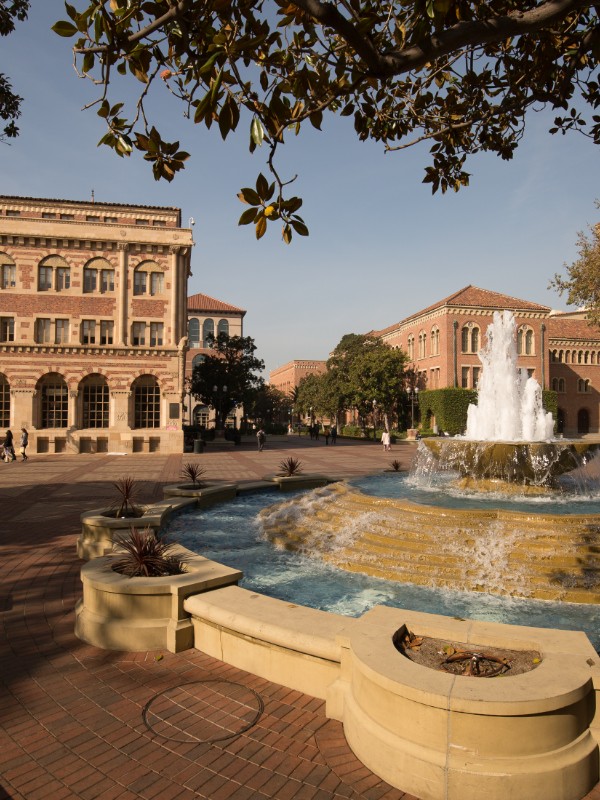1
Prerequisite Coursework in Montana
All states require at least a bachelor’s degree to teach. In addition to a bachelor’s degree, Montana teachers must add an endorsement, which can be in early childhood education, elementary education, middle school education, secondary education, K-12 education, P-12 education, or special education.
2
Montana Teacher Certification Programs
Teacher certification programs can be taken online or on-site. They typically include an educational theory and classroom skills seminar and a fieldwork component of student teaching in the area. A list of accredited teacher preparation programs can be found at the Montana Office of Public Instruction’s Accreditation and Educator Preparation page.
3
Required Tests for Montana
Most states require tests to show competency in basic skills as well as in the desired subject area. Montana teachers are required to pass the Praxis II exam in order to obtain Class 2 Educator Licensure. You can learn more about the Praxis exams by visiting Teach.coms’ Guide to the Praxis Exams and read more about teacher certification tests on Teach.com.
Initial Teaching Certifications
To earn your Montana teaching credential you will have to complete the required amount of undergraduate coursework and standardized tests, as well as an accredited certification program. Montana has two main types of certification for classroom teachers: the Class 2 Standard Certificate for beginning teachers with a bachelor’s degree who have completed an accredited teacher preparation program, and the Class 1 Professional Certificate, which requires three years of successful K-12 teaching experience and a master’s degree. Both certificates are renewable every five years.
Learn more about earning your teaching credential on the Office of Instruction’s Licensing page. Additional information can be found at Teach.com.



